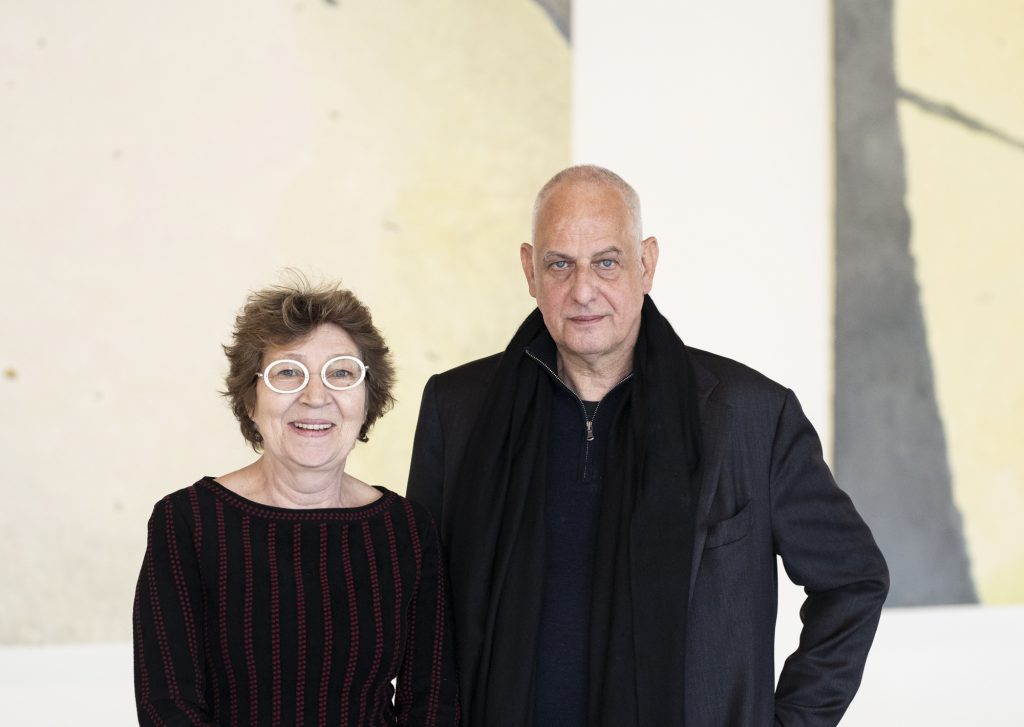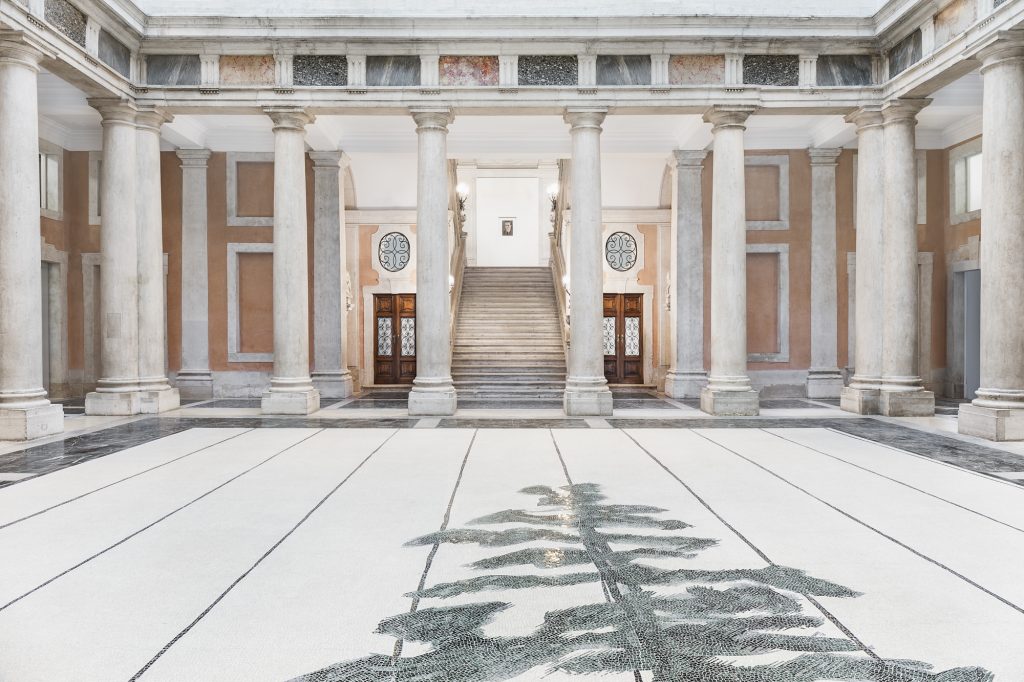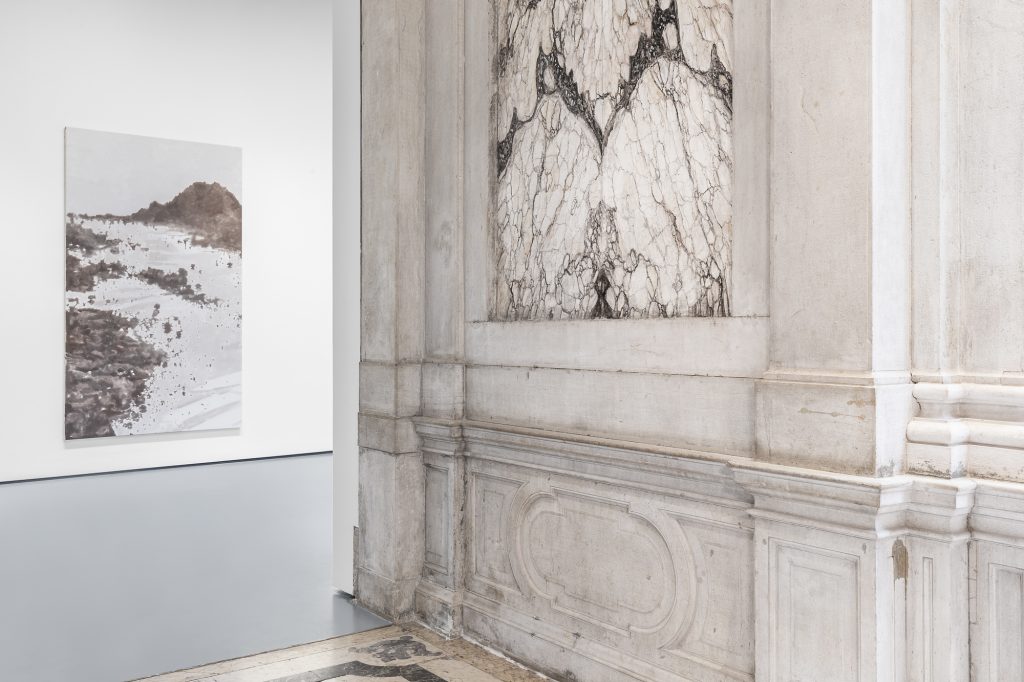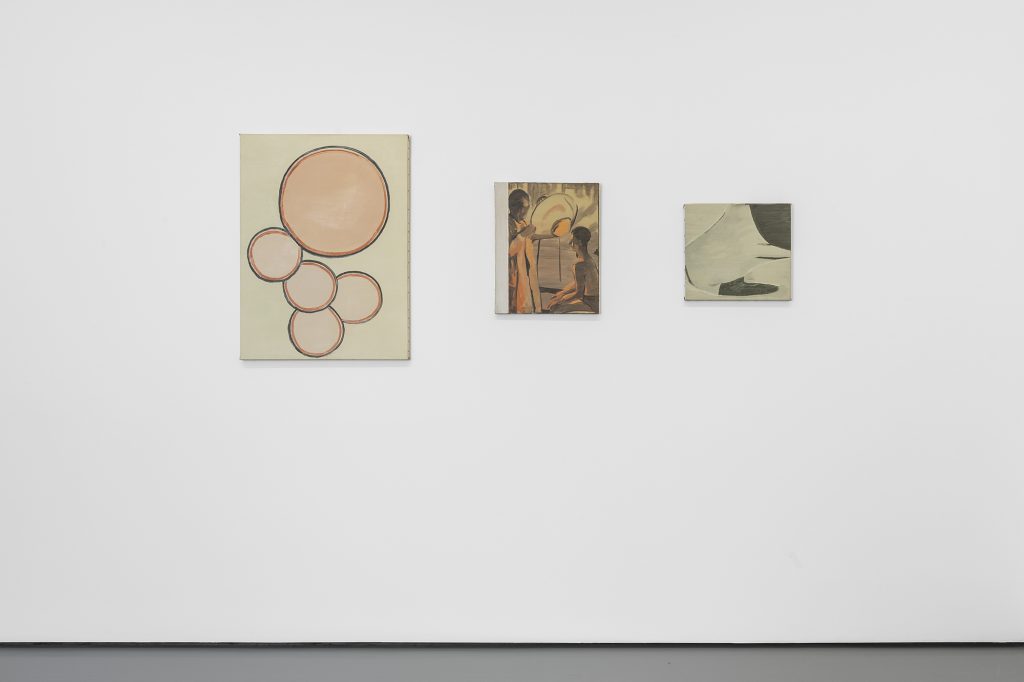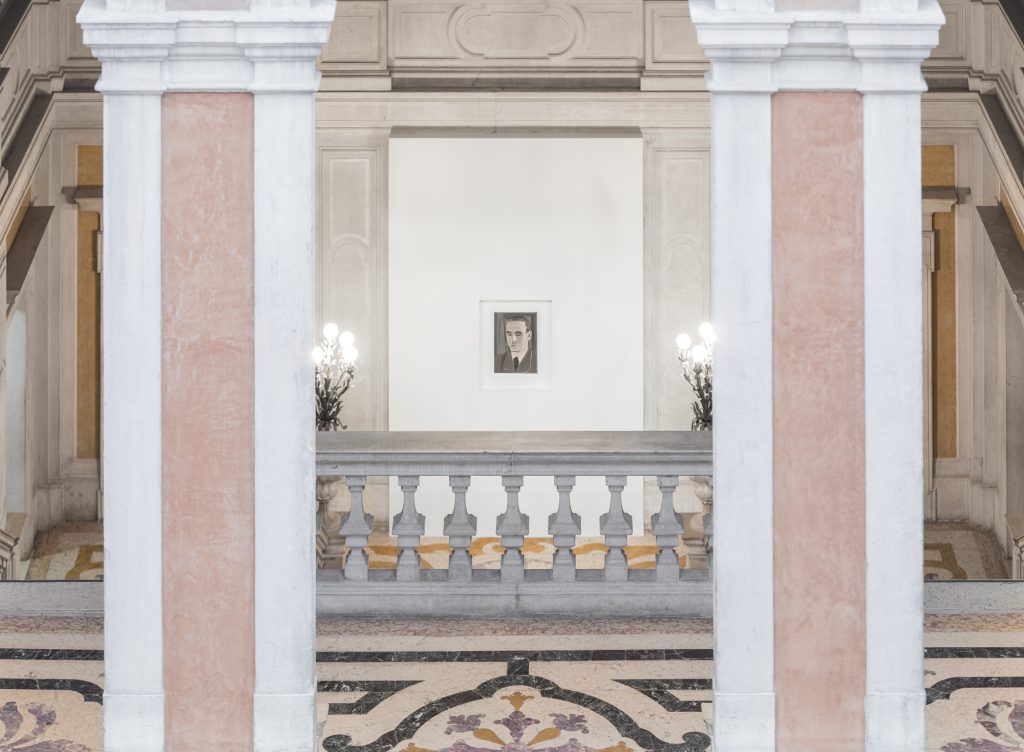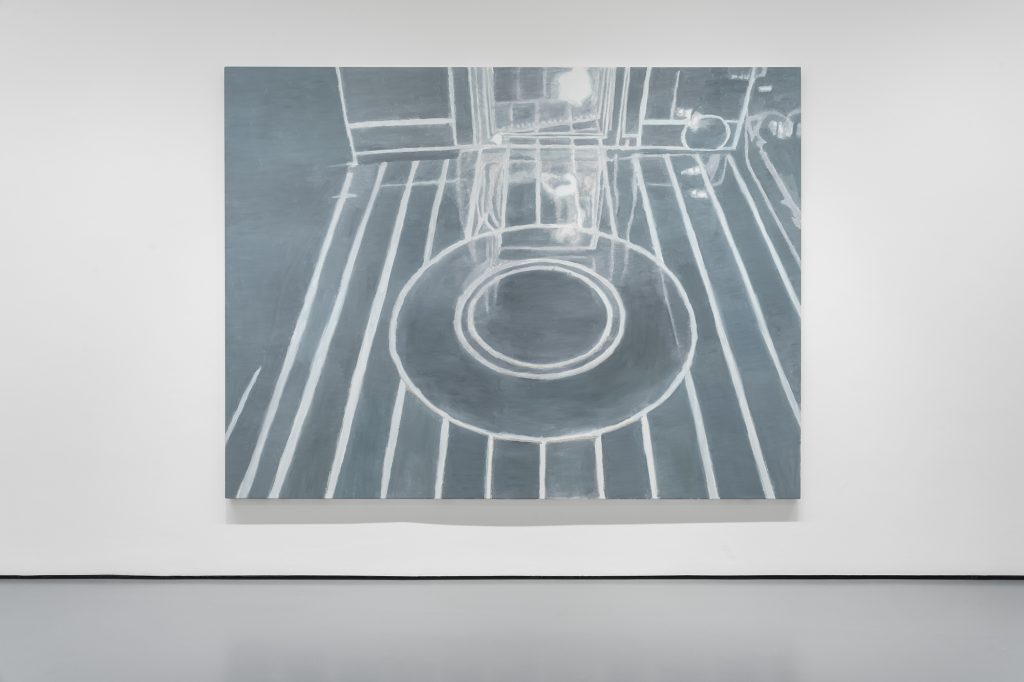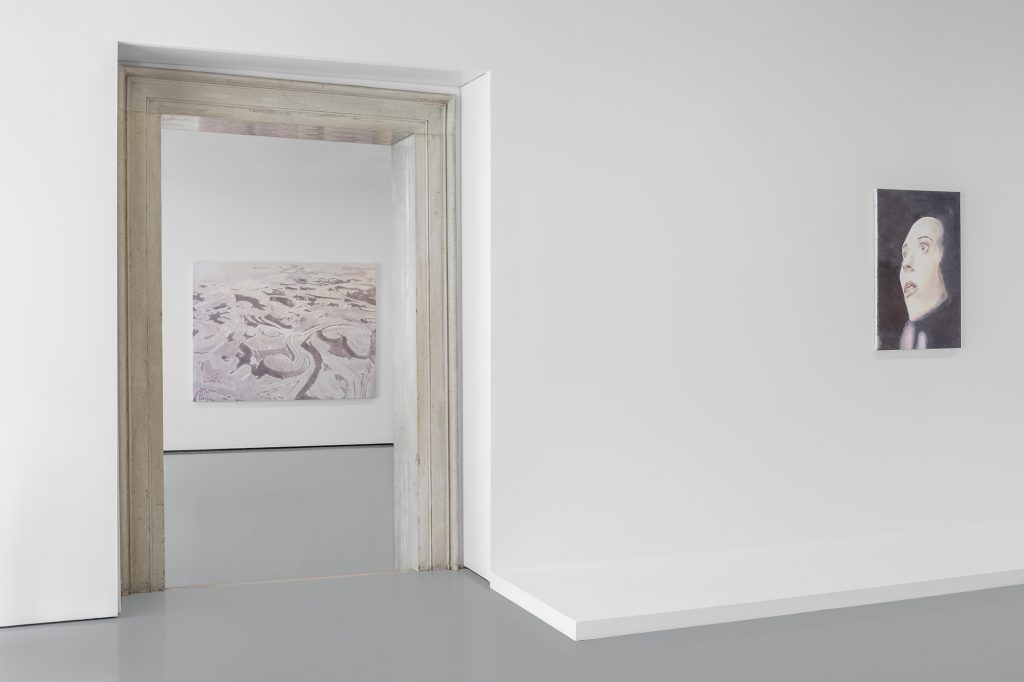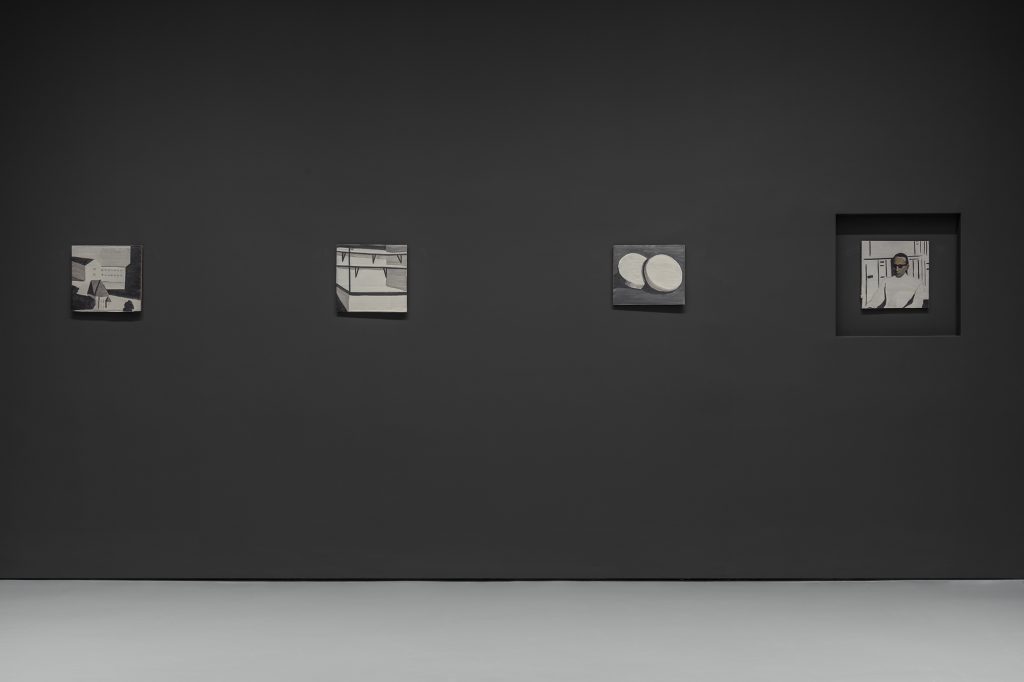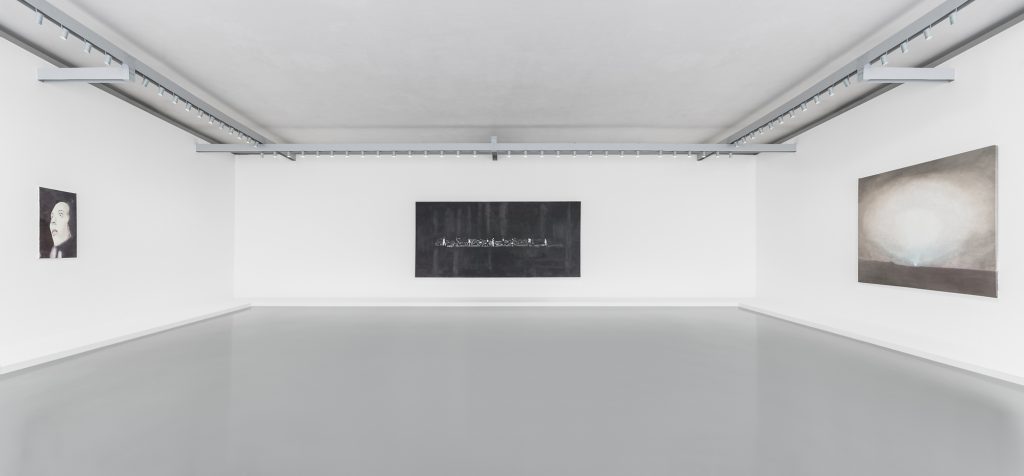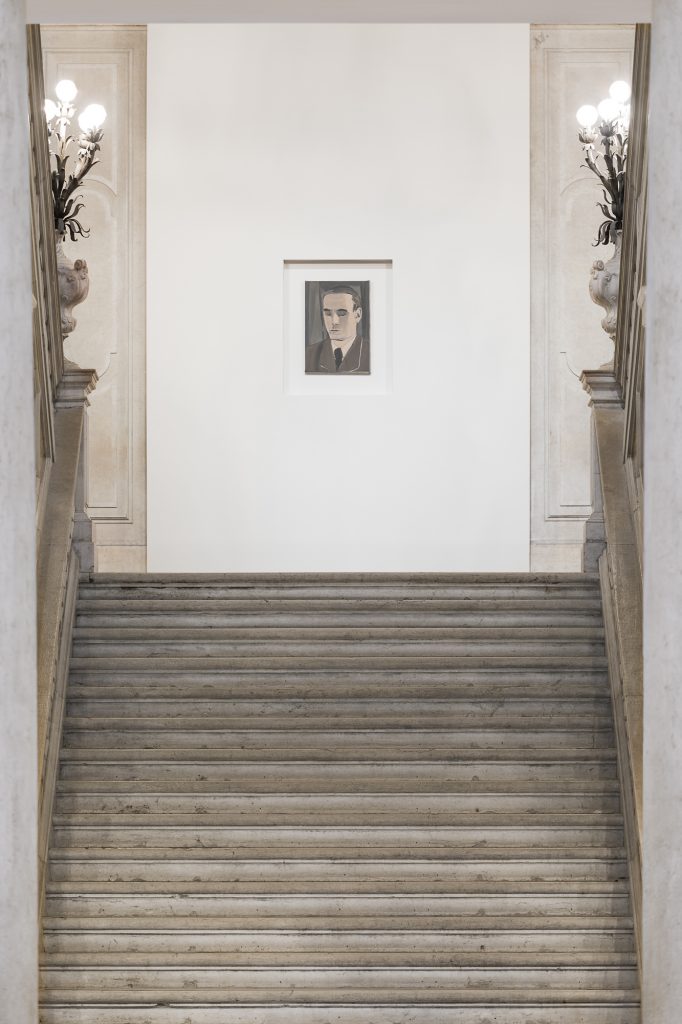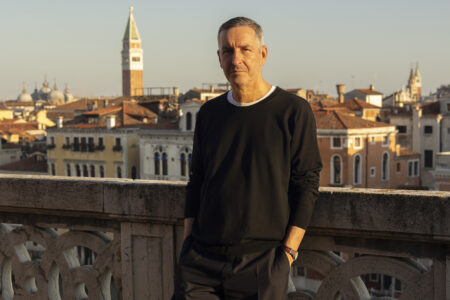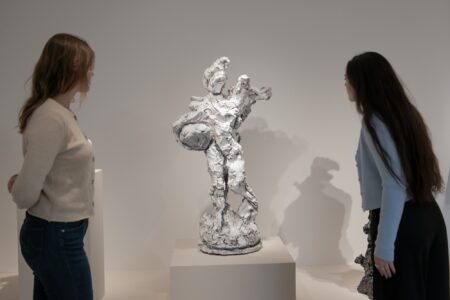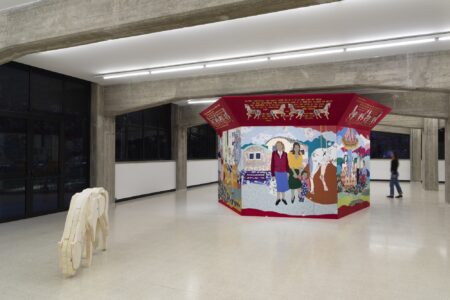The Layers of Luc Tuymans’ ‘La Pelle’
Part of the cycle of monographic shows and ‘carte blanche’ exhibitions dedicated to major contemporary artists, Palazzo Grassi presents Belgian artist Luc Tuymans’ first personal exhibition in Italy.
“If you ask people to remember a painting and a photograph, their description of the photograph is far more accurate than that of the painting. Strangely enough, there is a physical element intertwined with the painting. It shakes loose an emotional element within the viewer.” – Luc Tuymans
Considered to be one of today’s most influential painters, Belgian artist Luc Tuymans likes to call his work an ‘authentic forgery’ of reality. Addressing heavy and somehow still everyday subjects of our lives, such as war, violence, and memory, through a set of images borrowed from the private and public spheres (think: the press, television, the internet) he re-renders and transforms his source material into canvases examining history and collective memory. His ghost-like paintings — with their muted colour pallets and choppy brushstrokes — still convey the spirit of the original image, but go beyond the pictorial and relay a deep distrust with how history is recorded; creating awareness of not only what is represented, but also what is omitted from the frame.
In a dark trailer that shows the painter walking through the starkly contrasting streets of Venice, Palazzo Grassi gives viewers a taste of the dark, familiar and yet anxiety-filled rabbit hole that is Luc Tuymans’ work. For the artist, this exhibition is a unique opportunity to show his work internationally to a large audience, as it’s his (surprisingly) first personal exhibition in Italy as well as the fact that it will be running during this year’s Venice Biennale, where about 500,000 people are expected to visit.
Here, Tuymans collaborated with curator Caroline Bourgeois to create ‘La Pelle’ (‘The Skin’) — an exhibition named after Italian writer, film-maker, war correspondent and diplomat Curzio Malaparte’s 1949 novel, which is set in Naples just after the liberation of that city by the Allied forces at the end of World War II. The novel reflects on how residents of the city have been simultaneously conquered and liberated, having been both co-conspirators as well as victims of the war. Many works containing reverberative moments had been selected for the exhibition, butonly one painting in the show, “Le Mépris,” is a direct reference to the Malaparte book. The work in question is based on a still from Jean-Luc Godard’s film of the same name, known in English as “Contempt” — and is multilayered in the most basic sense as it’s a painting based an image from a movie, based on a novel.
Until recently, the exhibition also included a breathtaking site-specific mosaic work made up of thousands of Italian marble tiles that reproduce Schwarzheide, an artwork painted in 1986 by Tuymans based on saved charcoal drawings made by slave labourers from the Schwarzheide work camp during World War II. Sadly, because of the floods that hit Venice in November, the piece had to be dismantled early in order to allow the marble floor to be cleaned and restored as a precautionary measure. Still, visitors are able to see over 80 of Tuymans’ works (which span nearly 40 years of his practice), most of which are on loan from private and/or museum collections, share an exhibition space with one another. The works’ solemn tones also offer an intriguing juxtaposition amongst the palazzo’s lavish and intricately detailed steps, ceilings and doorframes. Overall, ‘La Pelle’ challenges visitors to make an effort to come closer; to respond to the juxtapositions, reflections and tensions within their surroundings, his paintings, and the dialogues that they open us up to.
‘La Pelle’ will be on view at Palazzo Grassi until January 6th, 2020. There is a detailed exhibition catalogue published by Marsilio Editori for sale online (and at the bookshops of Palazzo Grassi and Punta della Dogana at a reduced price).
Cover Photo: Luc Tuymans, Turtle, 2007, Private collection, Courtesy David Zwirner, New York/London. Installation View at Palazzo Grassi, 2019 © Palazzo Grassi, Photography by Delfino Sisto Legnani and Marco Cappelletti.
